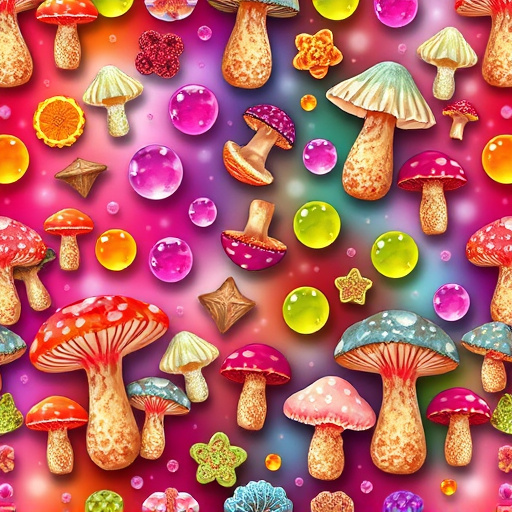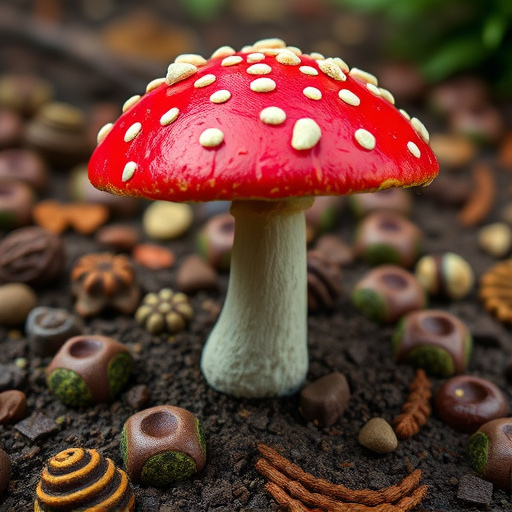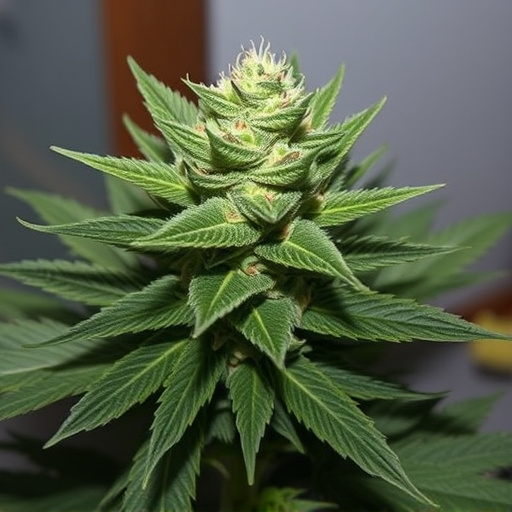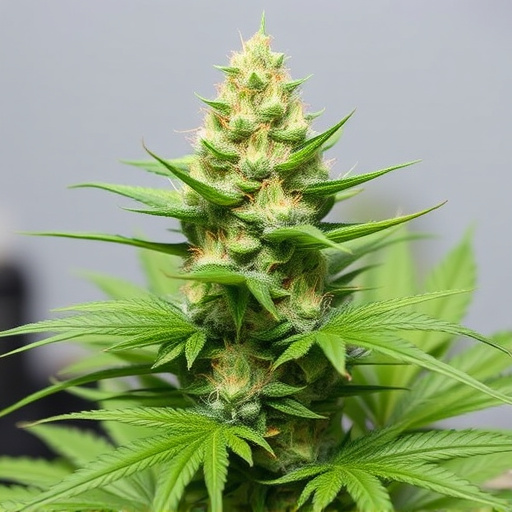Cannabinoids in cannabis come in two forms: full-spectrum and isolated. Full-spectrum contains various compounds like terpenes and flavonoids, enhancing effects and offering a nuanced high. Isolated cannabinoids, like CBD or THC, provide precise dosing but may lack synergistic benefits. Research suggests full-spectrum products offer greater therapeutic advantages. Legalities and strain availability impact accessibility; while isolated cannabinoids are more accessible globally, full-spectrum extracts face regulations and have limited availability, especially in regions with strict cannabis laws, making it crucial for consumers to understand local laws when seeking the strongest cannabis strains or maximizing full-spectrum benefits.
In the quest for optimal cannabis experiences, understanding the distinction between full-spectrum and isolated cannabinoids is paramount. This article guides you through the intricate world of these chemical compounds, shedding light on their unique attributes. From the captivating ‘Understanding Cannabinoids’ section, which delves into the basics, to exploring the ‘Impact on User Experience’ and navigating legal aspects, we unravel the complexities. Uncover which form offers superior effects, potency, and access to renowned strongest cannabis strains, providing valuable insights for informed decisions.
- Understanding Cannabinoids: Full-Spectrum vs. Isolated
- The Impact on User Experience: Effects and Potency
- Legal Considerations and Availability of Strains
Understanding Cannabinoids: Full-Spectrum vs. Isolated
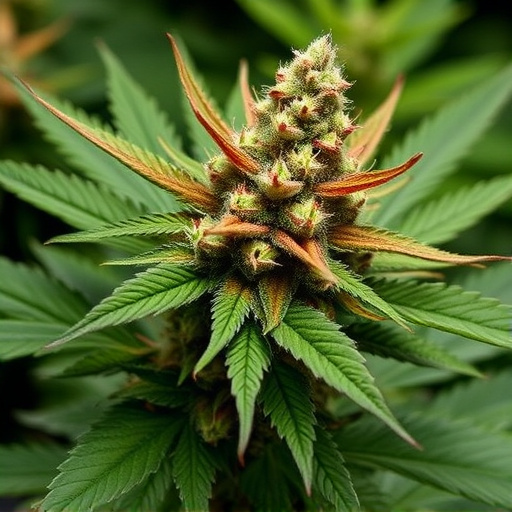
Cannabinoids are chemical compounds found in the cannabis plant, each with unique properties and effects on the human body. When we talk about full-spectrum or isolated cannabinoids, we’re referring to how these compounds are extracted and presented in products. Full-spectrum cannabinoids include a wide range of natural compounds found in the plant, including terpenes and flavonoids, which work together to enhance the overall effect. This is often considered beneficial, especially for those looking for the full therapeutic potential of cannabis, as it mirrors the complex chemistry of the strongest cannabis strains.
In contrast, isolated cannabinoids are single compounds extracted from the rest of the plant matter. While this method focuses on delivering a specific cannabinoid like CBD or THC, it doesn’t replicate the synergistic effects of the entire plant. Some users prefer isolated forms for their precise dosing and targeted effects, especially when dealing with specific conditions that respond well to certain cannabinoids. However, research suggests that combining these compounds as found in full-spectrum products might offer more significant benefits.
The Impact on User Experience: Effects and Potency
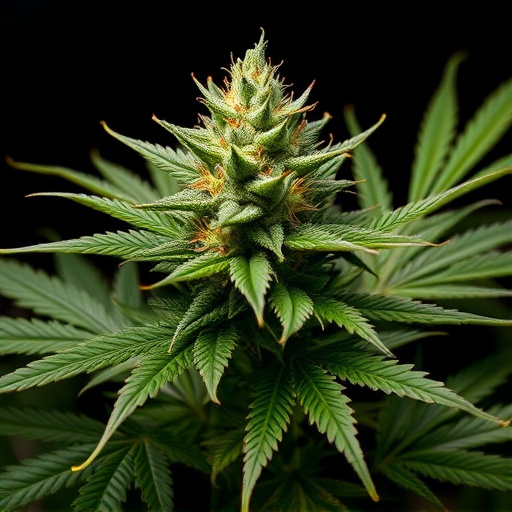
When comparing full-spectrum vs. isolated cannabinoids, understanding their impact on user experience is crucial, especially for those seeking optimal effects and potency from cannabis strains, known for their strongest varieties. Full-spectrum cannabinoids offer a complex blend of compounds found naturally in the plant, including terpenes and flavonoids. This harmonious combination can enhance overall efficacy and create a more nuanced, holistic high. Terpenes, like myrcene and limonene, contribute to the distinct aroma and flavor profiles, while flavonoids are known for their anti-inflammatory properties, potentially increasing the therapeutic benefits.
In contrast, isolated cannabinoids provide a concentrated form of a single compound, such as THC or CBD. While this isolation intensifies the potency of specific cannabinoids, it may reduce the overall experience’s complexity. Users might notice more pronounced effects on specific aspects like euphoria (from THC) or anxiety relief (from CBD), but they could miss out on the subtle, synergistic interactions present in full-spectrum products. As such, for those seeking a well-rounded, balanced cannabis experience, especially with the strongest strains, full-spectrum options often stand out for their multifaceted effects and potential therapeutic advantages.
Legal Considerations and Availability of Strains
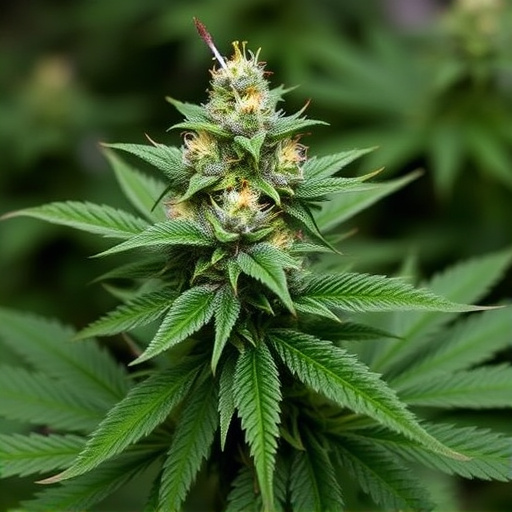
When comparing full-spectrum vs. isolated cannabinoids, legal considerations and strain availability play a significant role in accessibility and effectiveness. The legality of cannabis products varies greatly by region, with some areas allowing recreational use while others restrict it to medical purposes only. This has a direct impact on consumer choices, as the market for strongest cannabis strains is often limited to specific regions where the plant is legal or widely accepted.
Isolated cannabinoids, such as CBD and THC, are generally more accessible due to their low psychoactive properties and regulatory frameworks that permit them in a wider range of products. Full-spectrum extracts, which include a broader array of terpenes, flavonoids, and other minor cannabinoids, may offer enhanced effects but are subject to stricter regulations and may not be as readily available. Thus, understanding local laws and the evolving cannabis landscape is crucial for consumers aiming to access the most potent strains or enjoy the full spectrum of therapeutic benefits.
In comparing full-spectrum vs. isolated cannabinoids, it’s clear that full-spectrum offers a more complex and nuanced user experience, with potential benefits stemming from the entourage effect. While isolated cannabinoids provide targeted effects, the legal landscape for cannabis varies, making availability of both types dependent on location. For those seeking the strongest cannabis strains, understanding these distinctions is key to navigating the market and securing the desired efficacy based on personal preferences and needs.

